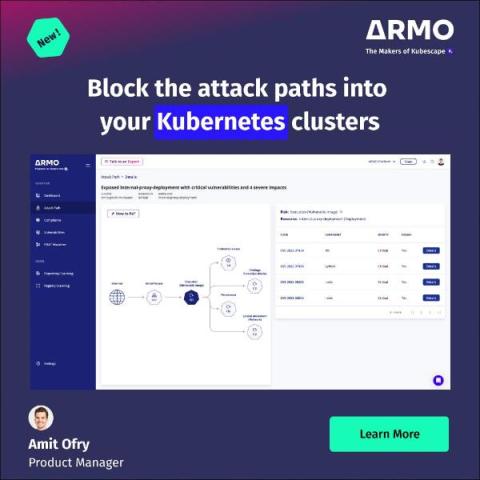The Complete Guide to Kubernetes RBAC
Kubernetes has revolutionized container orchestration, becoming the go-to platform for managing containerized workloads at scale. However, with its growing popularity, the complexity of managing role-based access control (RBAC) on Day 2 and especially in a multi-cluster environment has become a daunting task. DevOps, SRE, and Platform teams are responsible for multiple clusters and different teams.











